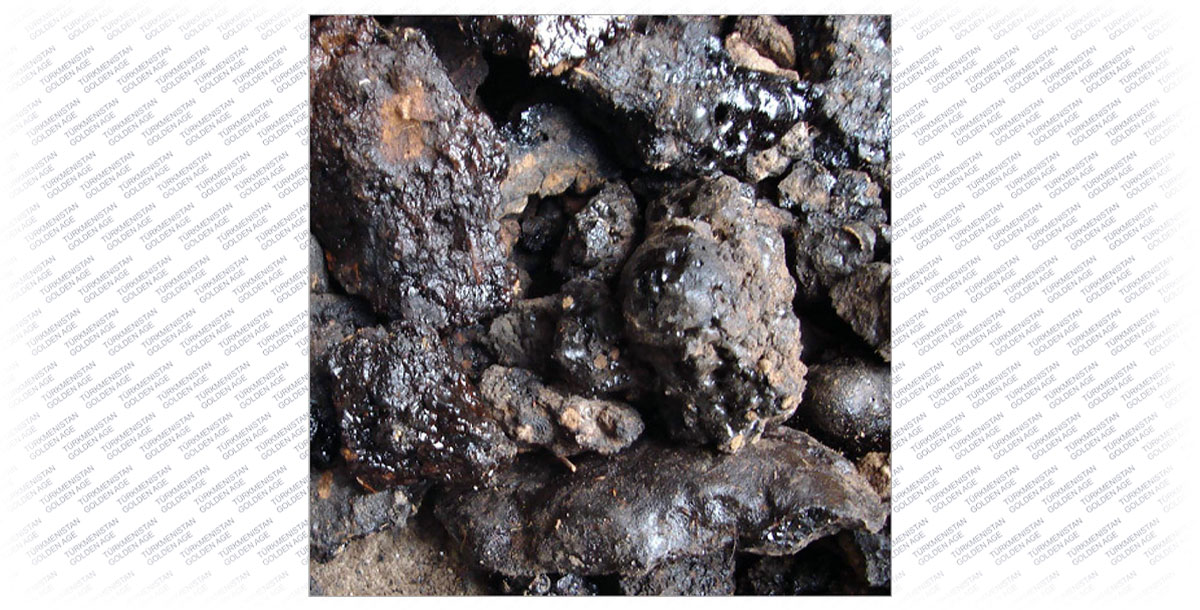Mumiyo is a natural remedy of ancient medicine that has not lost its practical value in our days. It is called differently: "mountain wax", "mountain balsam", "sweat" of rocks, etc. Chemical and spectral analysis of the substance showed the presence of a rich set of trace elements (especially silicon, aluminum, iron, calcium, manganese, magnesium, lead, titanium, nickel), as well as various amino acids.
The origin of the name mumiyo itself is still unclear. Translated from Greek, it means "preserving the body." In Iran, one of the mumiyo deposits is located near the town of Oyin, and there is an assumption that the word mum-oyin or mumiyo (wax, waxy substance) was formed from the combination of the words “mum” (soft, waxy) and the name of this town. The word "mumiyo" was used in the writings of Aristotle, who for the first time, 2500 years ago, described its medicinal properties. There is evidence that Alexander the Great, after wounds received in the Indian campaign, was treated with "mountain tears". And this is the legendary mummy of the East. A.G. Bushmakin, Candidate of Geological and Mineralogical Sciences, talks about the searches and finds of this drug:
- In the mountainous part of Turkmenistan - on the Big Balkhan, Kopetdag and Kugitang, about ten sites are known where manifestations of mumiyo are recorded. As a rule, it is found in the form of drip-like formations, similar to pitch, in grottoes, small niches worked out by wind and water, in crevices of rocks, in cracks that have arisen in zones of crushing rocks, at an altitude of 200 to 3500 meters above sea level.
Some scientists believe that a substance called "mumiyo-asil" is produced in some places by wild honey bees. A honey-waxy brownish-yellow or black mass is formed, strongly hardened as a result of prolonged formation of the substance.
Some researchers are supporters of the organic origin of mumiyo. They believe that the material for its formation are: microelements, soil microorganisms, plants, and animal waste products. For example, such samples were obtained during a laboratory study of mumiyo from Lyamaburun in the mountains of the Big Balkhan (Western Turkmenistan).
In the Central Kopetdag on the southern slope of Mount Tyrnov, near the Suncha spring in a mass of porous limestone formed due to the long-term functioning of thermal mineralized springs, there is a small cave called Kyrkgyz. At the entrance to it, on the vault and on the walls, there are also areas covered with brownish-black thin crusts of a resinous substance very similar to mumiyo with a specific taste and smell.
The area of the village of Nokhur is of practical interest for the detection of mumiyo accumulations. Here, on the Front Range of the Kopetdag, in hard-to-reach places, on the steep slopes of gorges at an altitude of more than 1000 meters, manifestations of this substance are observed.
In the Eastern Kopetdag, near the village of Meana, areas with mumiyo were found at altitudes of about 700-800 meters. It was a mixture of loam, limestone fragments, dried twigs of plants, cemented with a dark brown resinous mass with a specific smell of mumiyo and a bitter taste.
On the Kugitang ridge, there are the largest manifestations of mumiyo, confined to gorges and canyons. The substance is a resinous amorphous mass with a specific odor, bitter in taste. The usual place of accumulations of pure mumiyo is the ceilings of the grottoes, near the cracks from which water seeps. The thickness of the mumiyo crusts reaches 3 cm. They are located in the upper part of the rocky cliffs, which are often completely inaccessible without climbing equipment. Samples of the substance from these manifestations were examined under a microscope. At the same time, the smallest accumulations, deposits of a yellowish-brown resinous substance were observed, indicating the mineral origin of the mumiyo. However, in the plantar part, transformed masses of animal droppings, plant debris, and insect wings were found, indicating the organic nature of the clusters. There are two sources of the formation of matter - mineral and organic.
Mumiyo has long been considered in the east as a miracle cure, almost a panacea for all diseases. Since ancient times, it has been used by the healers of the East to treat diseases of the cardiovascular and nervous system, with lesions of the gastrointestinal tract, especially with fractures, etc. Such an extensive list of ailments that were successfully treated with the help of the mummy is explained by the fact that oriental healers intuitively noticed its unique, as it is now customary to say, clinical effect: this remedy activated the defenses and accelerated the regeneration processes in the body.
The composition of mumiyo contains up to 30 chemical elements, amino acids, a number of vitamins, essential oils. There is no single passport for mumiyo as a medicine, but there is no doubt that this substance is an invaluable gift of nature for humans.
Read in the next part: the spring hides secrets ...
Prepared by Vladimir Komarov







